
A U.S. doctor’s simple steps to “clear” pesticides and dirt from fruit — and the science behind them
Fruit delivers vitamins C and A, potassium, folate, fiber and protective plant compounds that support immunity, slow cellular aging, and lower long-term risks for heart disease, diabetes and some cancers (Harvard T.H. Chan School of Public Health). But because many crops are treated to prevent pests, how you wash fruit really matters before you eat it (U.S. FDA; USDA).
Below are practical, medical-and-science-backed ways to reduce residues and surface grime at home.
Why pesticide residues matter (briefly)
Common agricultural pesticides include organophosphates, carbamates and organochlorines. High-level or repeated exposures can disrupt the nervous system, irritate the gut (nausea, vomiting, diarrhea), trigger headaches or dizziness, and in chronic cases have been linked to endocrine effects; children are more vulnerable due to body size and development (CDC; EPA; American Academy of Pediatrics). These risks are dose- and exposure-dependent, and most U.S. produce contains residues below legal limits, but thorough washing still lowers your exposure (USDA Pesticide Data Program; FDA).
Step-by-step: the most effective ways to wash fruit
1) Start with running water + friction (the “must-do” step)
-
Rinse fruit under clean, running water, then rub with your hands or use a soft produce brush for firm-skinned items (apples, pears).
-
Remove and discard outer leaves on lettuce-type produce; separate berries and grapes so water reaches all sides.
This physically removes soil, microbes and a significant share of surface residues. Do not use soap, bleach or commercial detergents on produce; agencies say they’re unnecessary and can leave harmful residues (FDA). (FDA)
2) For apples and other firm-skinned fruits: a brief baking-soda soak
-
Mix ½–1 teaspoon baking soda in 2 cups (≈500 ml) water; soak firm produce 10–15 minutes, rub, then rinse.
-
Lab work shows a 1% sodium bicarbonate solution outperformed plain water or bleach in removing certain pesticides (thiabendazole, phosmet) from apple skins (Journal of Agricultural and Food Chemistry, 2017).
Note: thiabendazole is partly absorbed below the peel, so peeling removes even more residue, though you’ll lose some fiber and nutrients. (J Agric Food Chem 2017)
3) Vinegar or salt-water soaks — helpful for grime, not magic
-
A mild vinegar bath (about 1 part vinegar to 3 parts water) or salt-water soak (≈ 1 teaspoon salt per 2 cups water, 5–10 minutes) can help loosen dirt and some microbes on robust produce, but controlled studies suggest baking soda is generally superior for pesticide removal. Always rinse with fresh water afterward so your fruit doesn’t taste salty or sour (FDA; food-science studies). (FDA)
4) Berries and delicate fruit
-
Rinse right before eating under a gentle stream; spreading berries on a clean towel to dry prevents mushiness. A long soak can damage texture and invite mold. (USDA; FDA)
5) Peel when appropriate
-
Peeling citrus, kiwifruit, mangos and even apples can further reduce residues and waxes. Wash first so your knife doesn’t drag contaminants from the peel to the flesh (FDA). (FDA)
6) What about produce washes?
-
The FDA notes no evidence that retail produce washes remove residues better than running water; save your money unless a label is specifically approved for produce (FDA). (FDA)
A clinician’s home routine (and how to make it safer)
A U.S. internist quoted in lifestyle media recommends: wash under running water → 10 minutes in 1:3 vinegar-water → add a little baking soda for a few more minutes → rinse well → dry before refrigerating. This aligns with key principles agencies endorse: friction + time + thorough rinse + drying. If you copy this sequence, make sure the final step is a generous rinse with clean water so there’s no lingering vinegar or soda taste (FDA). (FDA)
Tip: Whatever soak you choose, the final rinse + drying step is what keeps fruit from tasting off and helps slow spoilage.
Extra tips that reduce residues (and illness risk)
-
Wash your hands (20 seconds) and clean cutting boards/knives before and after prepping fruit to avoid cross-contamination (CDC).
-
Refrigerate washed, fully dried fruit in breathable containers; moisture promotes mold (USDA).
-
Buy in season and eat a variety of fruits; diversity reduces repeat exposure to any single pesticide and broadens nutrient intake (Harvard School of Public Health).
-
For infants, pregnant people and heavy fruit eaters, consider peeling or choosing some organic items if budget allows; AAP says organic can reduce pesticide exposure, but washing remains important for all produce (American Academy of Pediatrics). (CDC; USDA; Harvard; AAP)
What to avoid
-
❌ Soaps, detergents, bleach, disinfectant wipes — not for food; they can leave residues you shouldn’t ingest (FDA).
-
❌ Over-soaking delicate fruit — can waterlog berries and speed spoilage (USDA).
-
❌ Assuming “you can smell safety” — pesticide residues are odorless; rely on proper washing and safe storage, not smell (FDA/EPA).
Bottom line
You don’t need fancy products to make fruit safer. The best evidence supports running water + rubbing/ brushing, a brief baking-soda soak for firm fruit, optional vinegar/salt soaks for grime, peeling when appropriate, and thorough rinsing and drying. These simple steps meaningfully lower residue levels and keep fruit crisp, tasty, and ready to eat (FDA; USDA; J Agric Food Chem 2017).
News in the same category


Reason why Donald Trump had 'no chance' at winning' Nobel Prize despite his claims 'he deserved it'
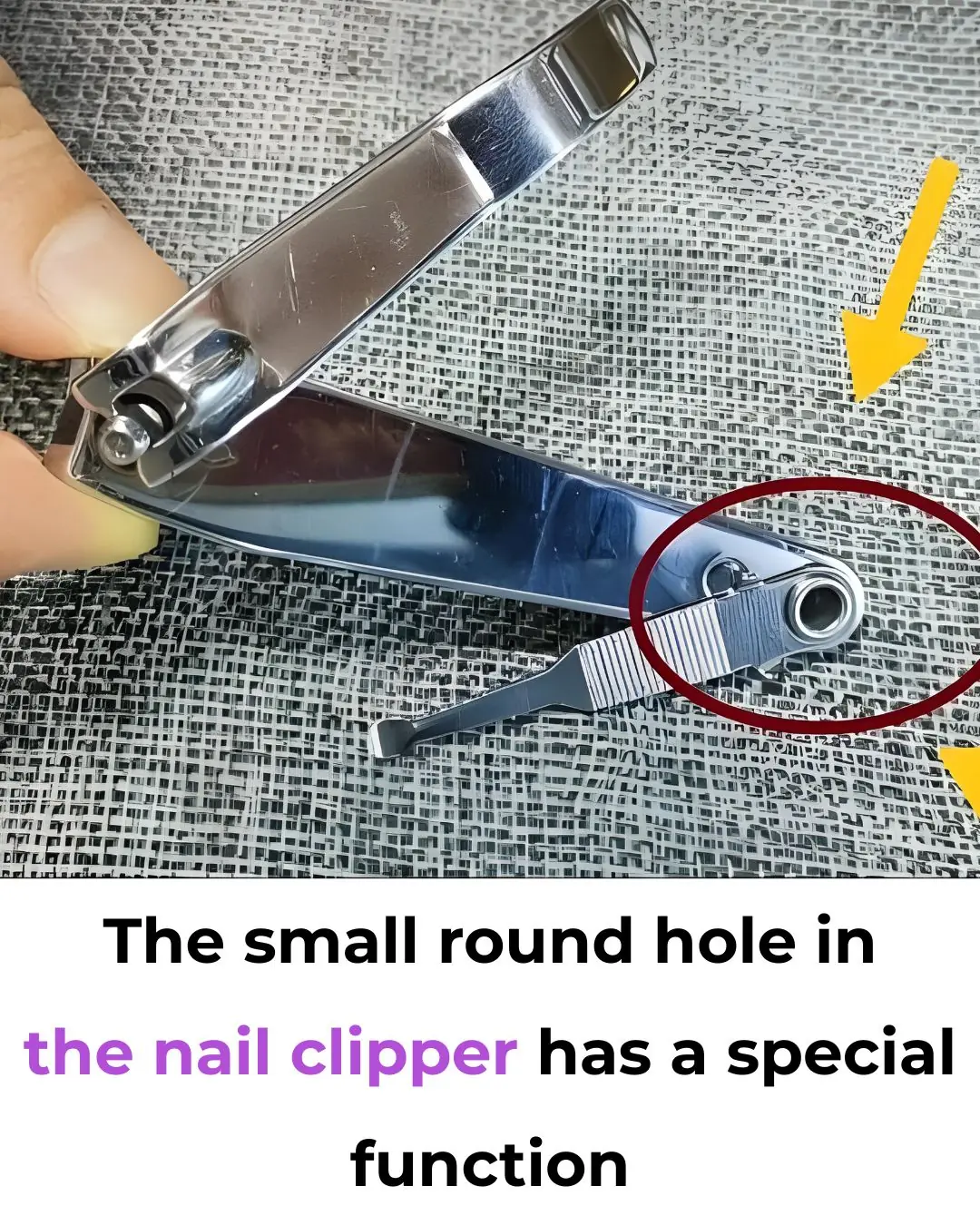
The tiny round hole on your nail clipper has a real job — and a few clever (safe) extras
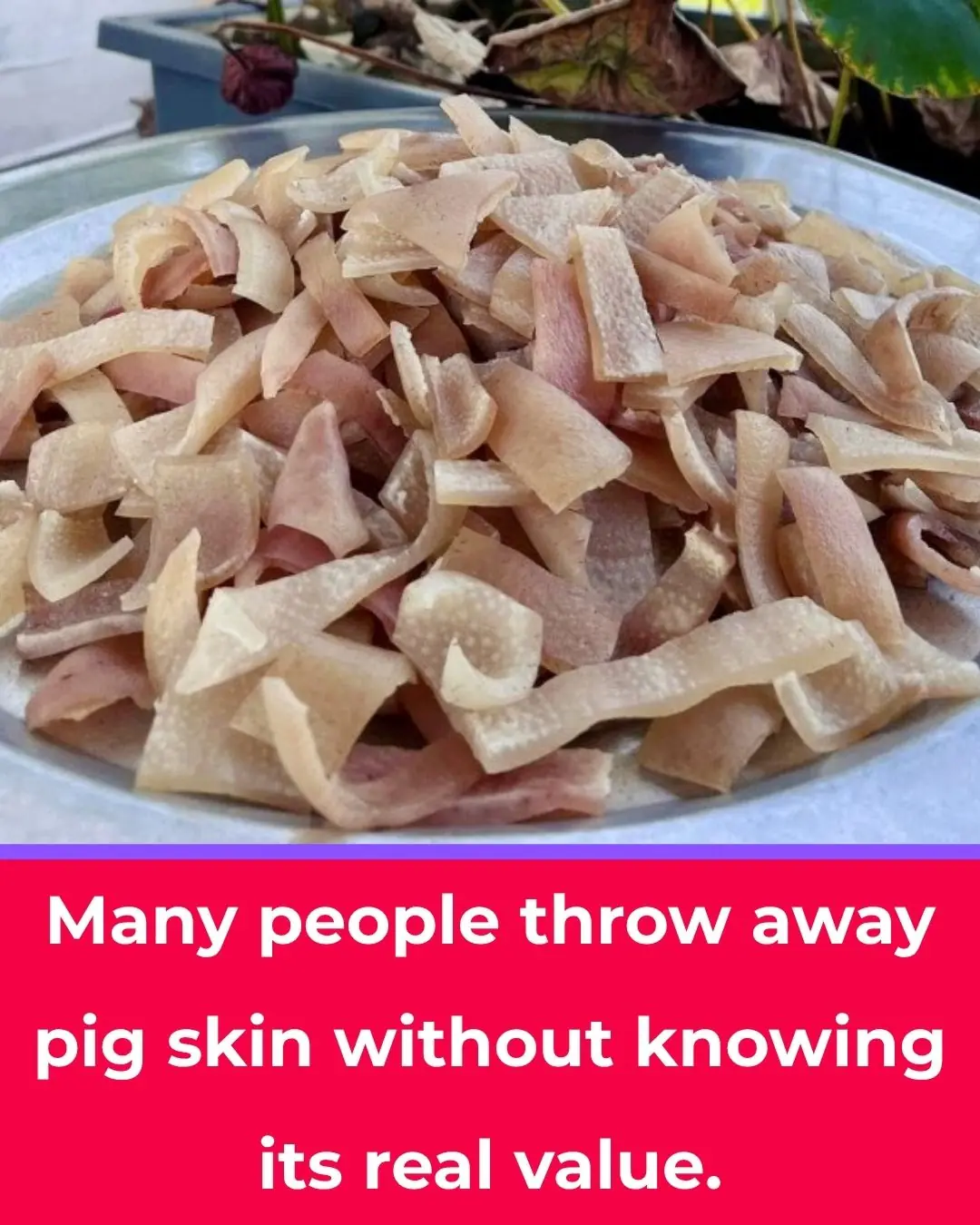
Pork skin: the cheap cut many people discard — and how to use it wisely for nutrition and safety
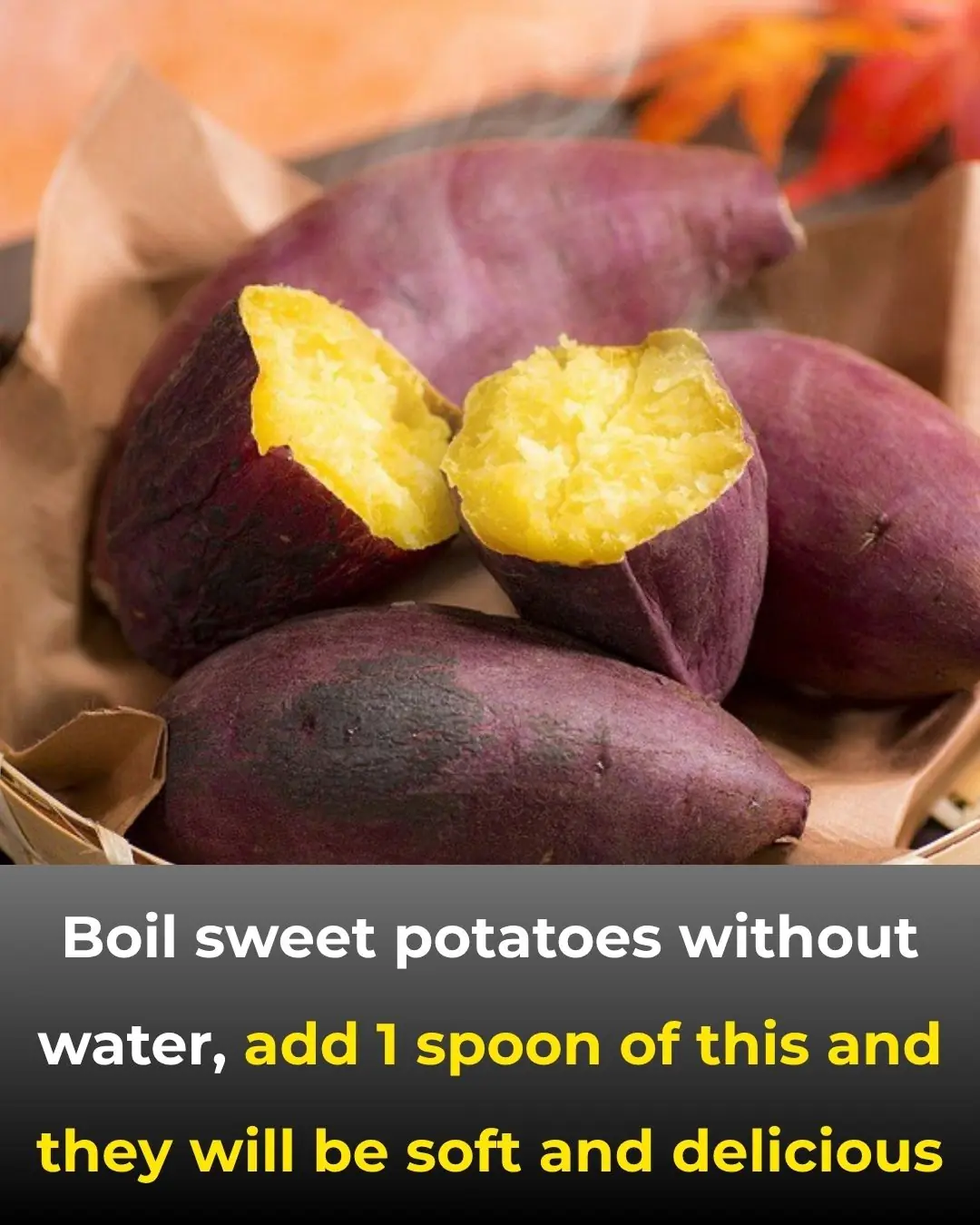
Boiled sweet potatoes: don’t use plain water—add a spoon of this for fluffy, deeply sweet results

3 powerful health benefits of using a bidet — plus a bonus for the planet
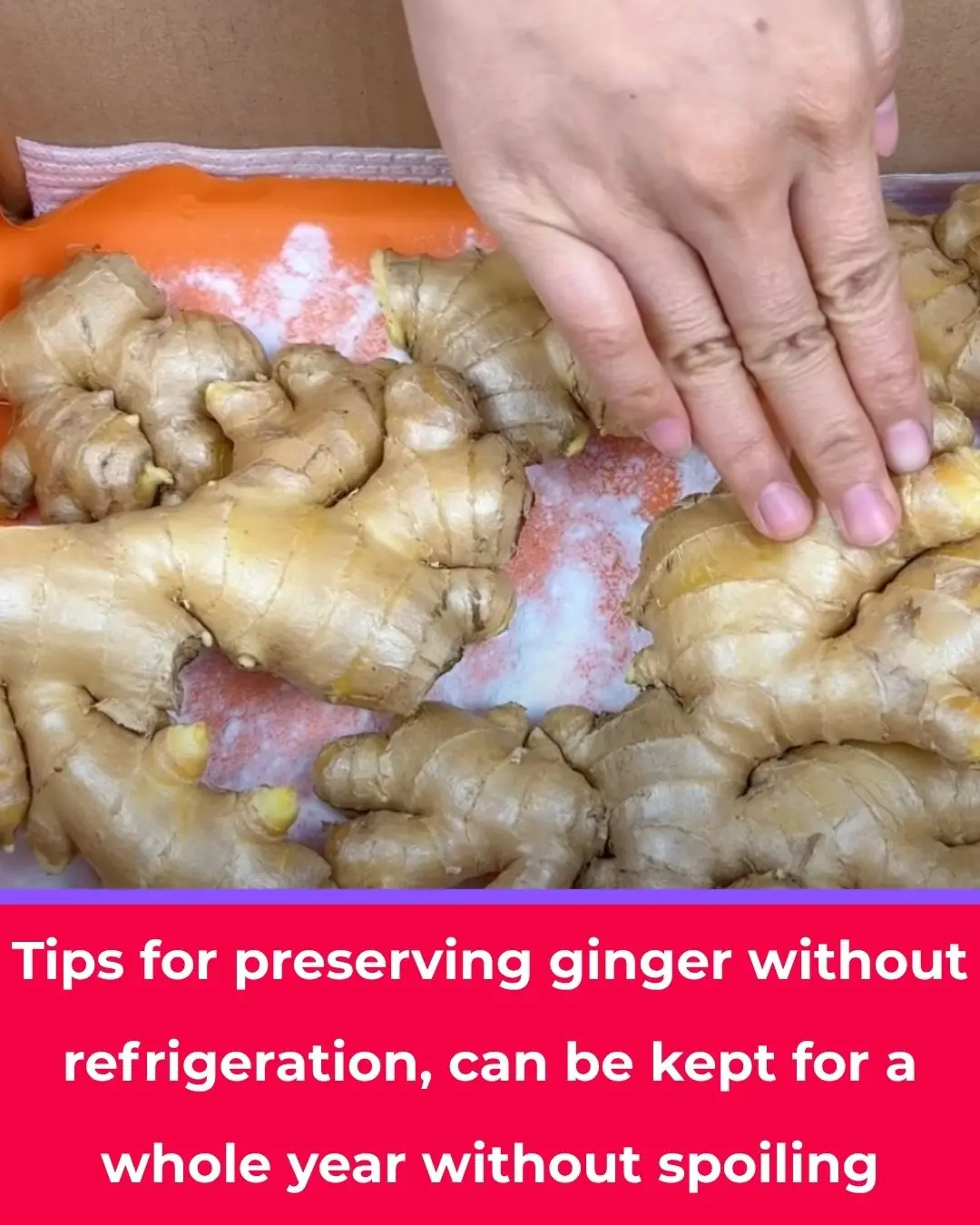
How to store fresh ginger so it lasts for months (even without a fridge)

Do not drink water immediately after eating fruit — here’s what nutrition science actually says
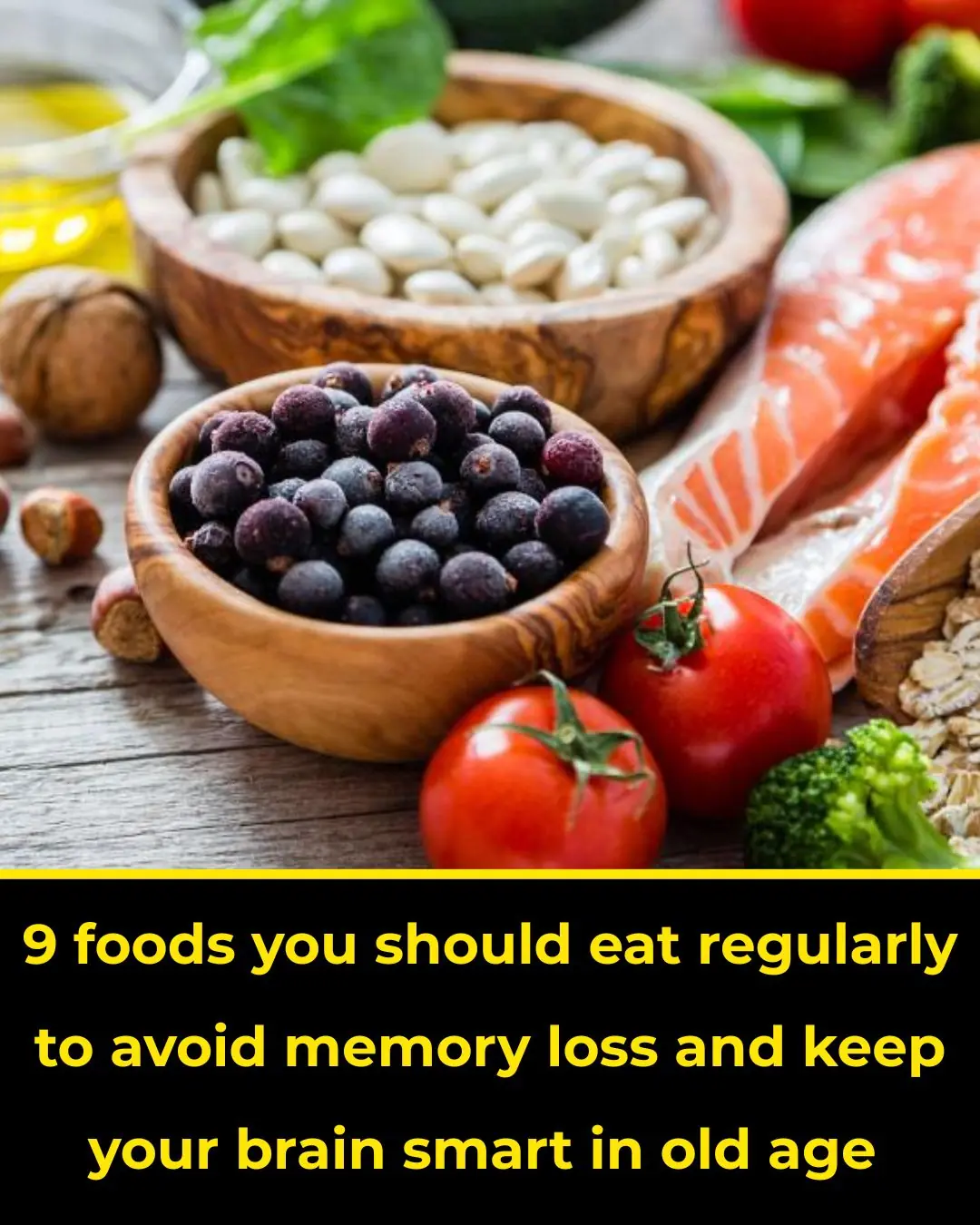
9 foods to eat regularly to help protect memory and keep your brain sharp as you age

‘Shuts TF Up’: Scott Jennings’ Unhinged Back and Forth with Abby Phillip Takes a Turn When Van Lathan Begins to Speak

Simone Biles Receives Honorary Doctorate Degree From Washington University

Kevin Howell Named NC State’s First Black Chancellor, 40 Years After Making History as First Black Student President

Holly Robinson Peete Pays Tribute to Late Father Who Was a Star on Sesame Street

Jamal Roberts Makes History as First Black Man to Win American Idol in Over 20 Years

NiJaree Canady Makes History as First Million-Dollar College Softball Player

Megan Thee Stallion & ‘Boondocks’ Producer Carl Jones to Launch New Anime Series on Prime Video
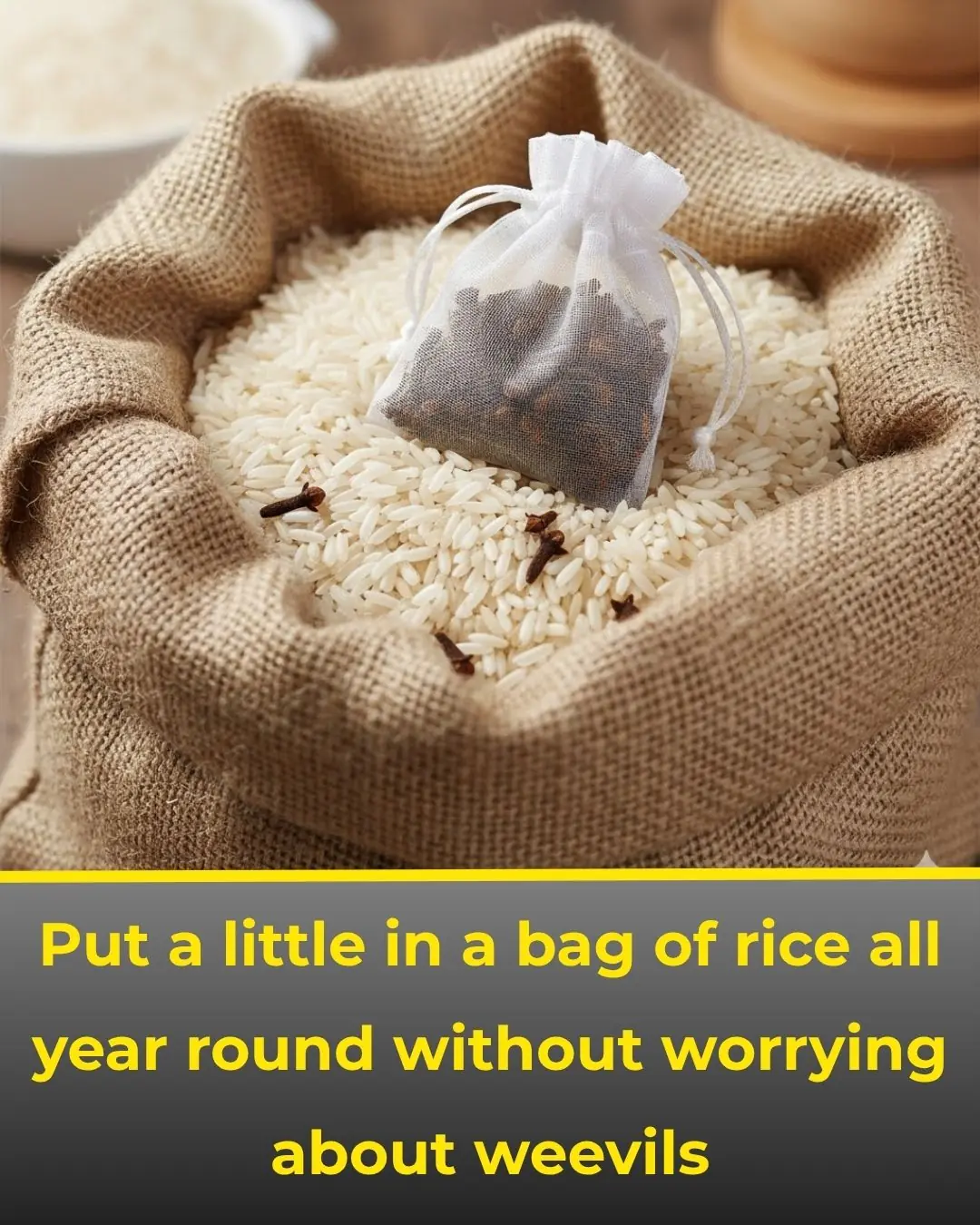
Keep rice weevil-free all year: two simple tricks — plus evidence and safer pantry practices
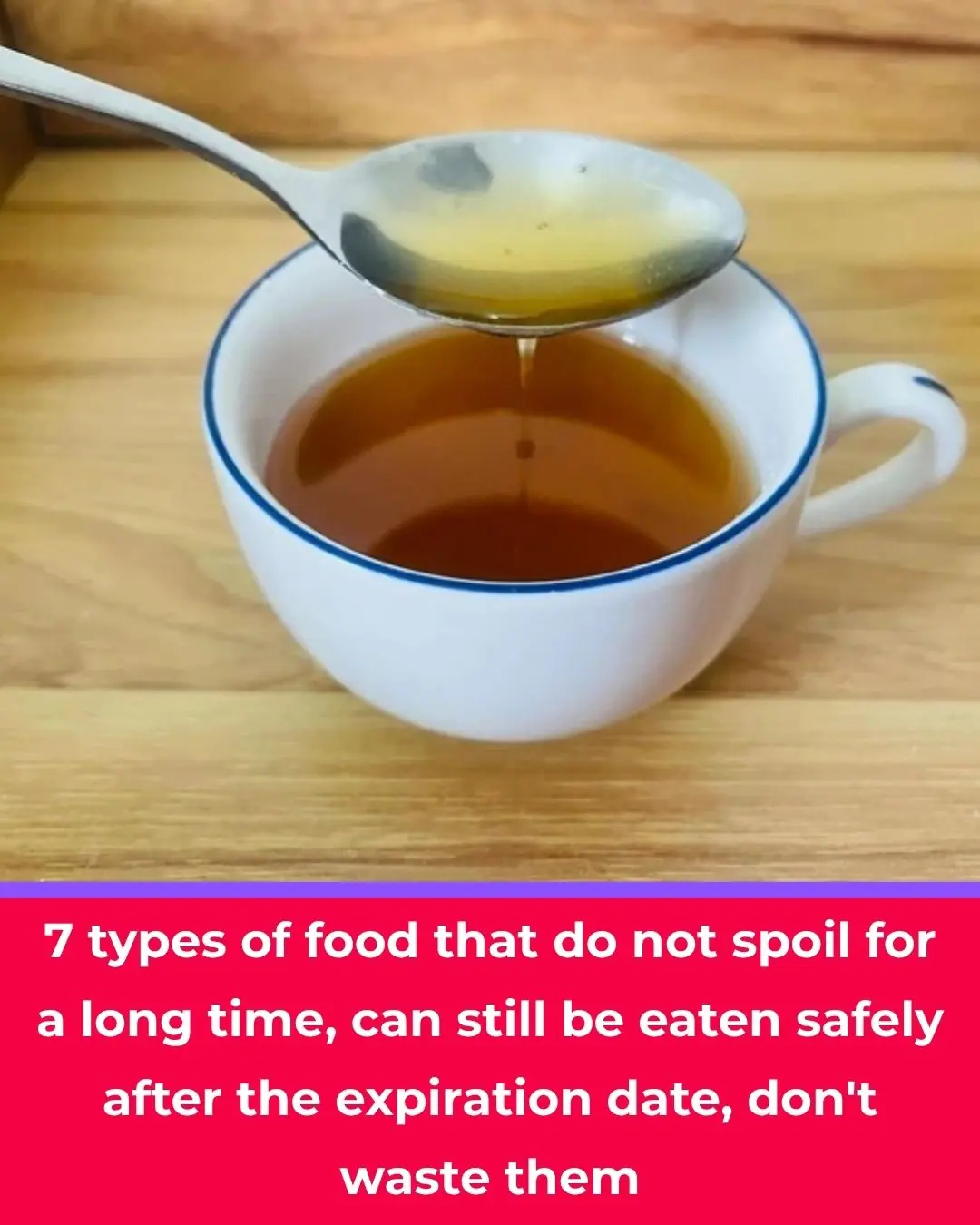
7 pantry items that really don’t spoil — and how to store them so they stay great

8 instant, drug-free ways to stop motion sickness — rewritten, expanded and evidence-backed
News Post

Papa’s Soft Side: Bruce Pearl’s Greatest Legacy Isn’t on the Court

Raja the “Tax Collector”: Sri Lanka’s Gentle Giant Who Stops Cars for Snacks.

One Year of Courage: Branson’s Brave Battle.

Tala’s Second Chance: Fighting for Life Against All Odds

From Patient to Daughter: The Miracle of Ella.

The Promise He Kept: A Teacher, a Dress, and a Second Chance.

The Woman Behind the Green Face: Margaret Hamilton’s Quiet Legacy.

A Boy, a Dog, and the Courage to Care 💛🐾

I Went to Pick Up My Wife and Newborn Twins from the Hospital — I Found Only the Babies and a Note

Father Finds out His Twin Sons Are Actually His Brothers — Story of the Day

78-Year-Old Woman Returns from Nursing Home to Her House – Only to Find a Mansion with Changed Locks in Its Place

My Wife and I Went to an Orphanage to Adopt a Child and Found a Girl Who Is a Carbon Copy of Our Daughter

4 foods to eat on an empty stomach in the morning to cleanse the gut, boost digestion, and lower cancer risk

7 Ways to Repurpose Eggshells for a Greener Home and Garden

The One McDonald’s Burger That’s Always Cooked Fresh
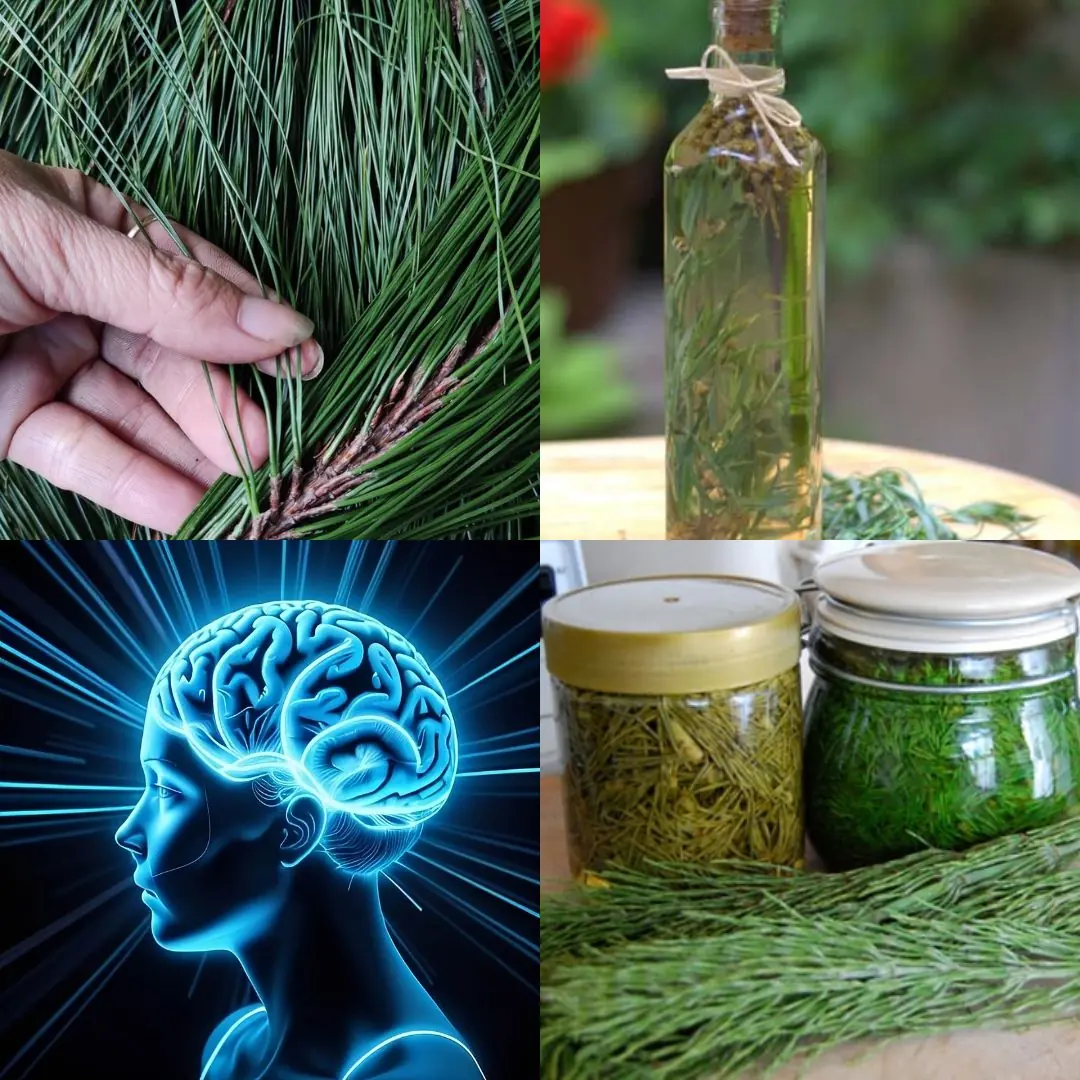
Pine Needle Sprite: A Refreshing Homemade Fermented Drink
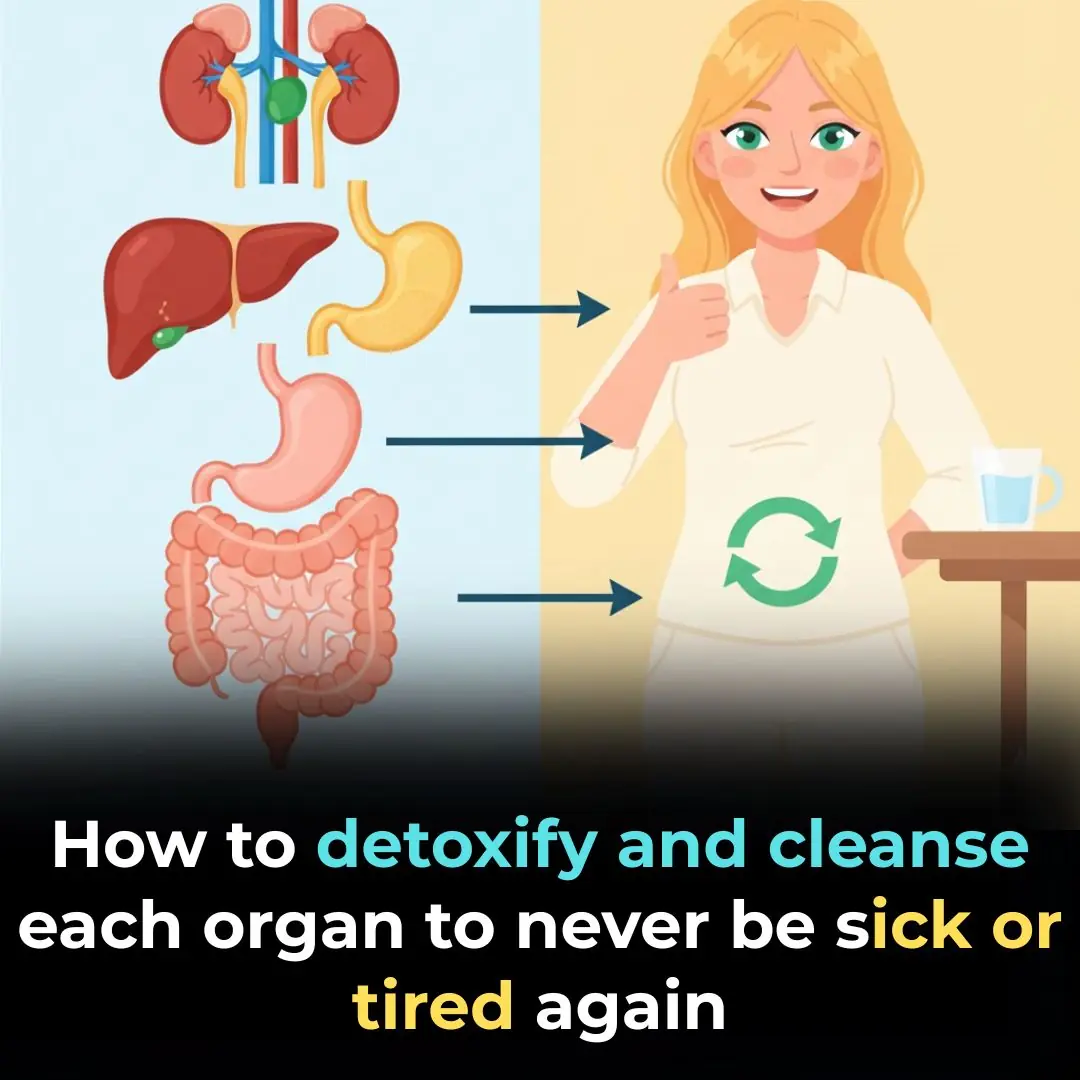
10 Simple Ways to Help Your Body Detoxify and Cleanse Itself

Top 6 Upcoming Astronomical Events You Don’t Want to Miss in 2025

Never Ignore Excessing Licking From a Dog
